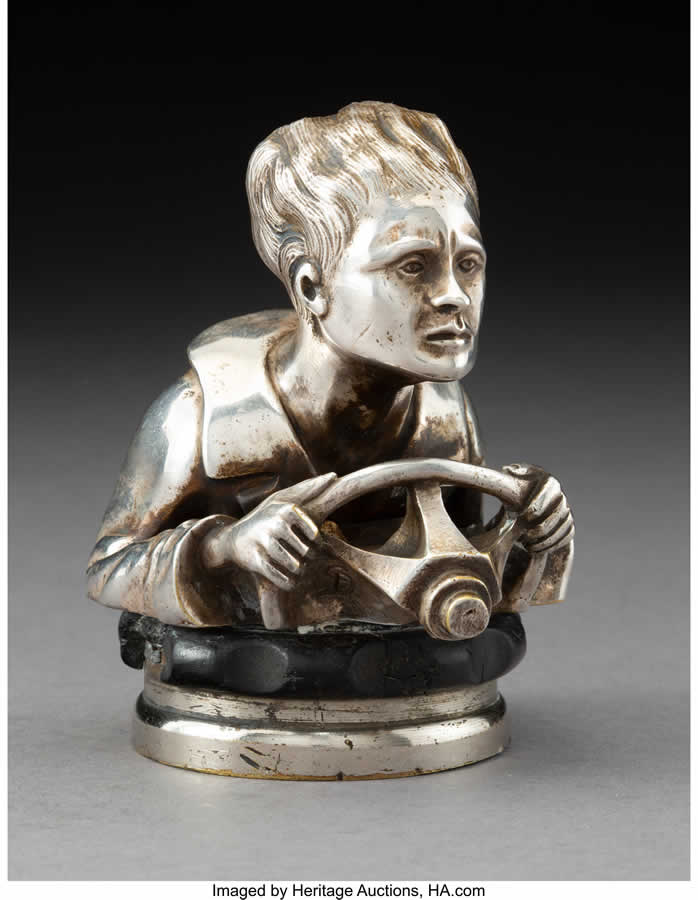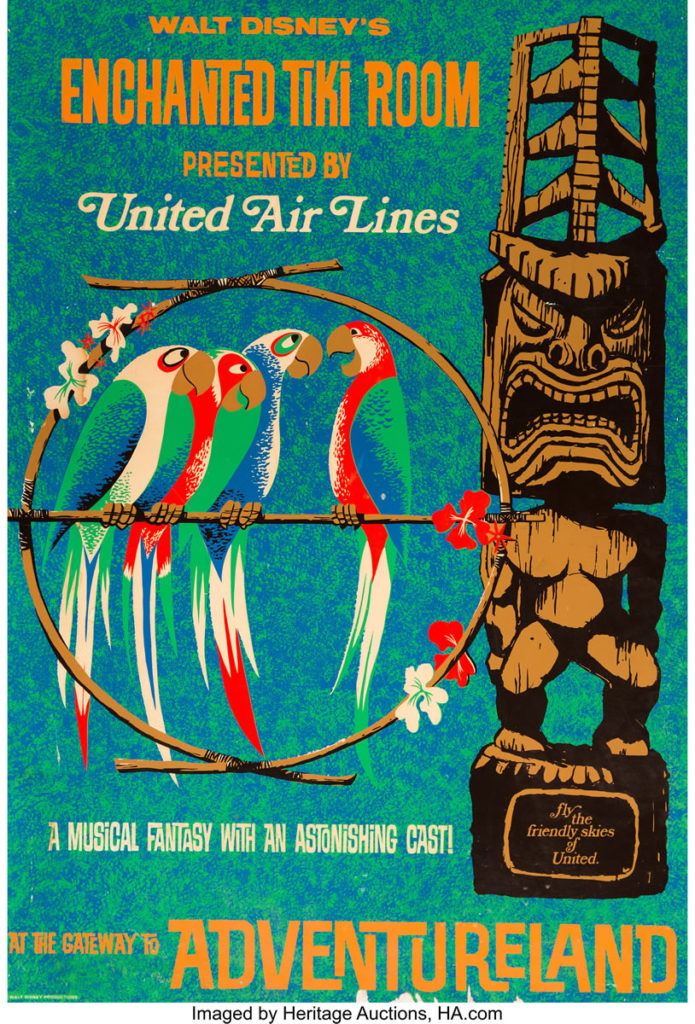
By Jim O’Neal
In 1859 a man by the name of Edwin Drake drilled the 1st mechanical oil well in Titusville, PA. Since that time, many great fortunes have been made as crude oil inexorably became the lifeblood of the American economy. Sadly, Mr. Drake did not patent his process and died in poverty. Like almost no other product, oil contributed to the American ethos, most notably the propulsion of our dream machine, the automobile.
After it became available to the middle class in the 1920s, the passenger car was visibly symbolic of American prosperity, perhaps more than wealth itself. It gradually evolved into a necessity as the growth of suburbia made mass transportation an anachronism. In a 1953 Congressional hearing, General Motors CEO Charles Wilson declared, “As General Motors goes, so goes the Nation.” It would take some time, but this linkage to the future was almost prophetic.
As General Motors made larger cars, people bought them according to their status – the bigger the car, the bigger sign of success. An automobile was a statement to society – a chrome and steel declaration of self that spoke to our ambitions of speed and power. Rather strangely, no one in Detroit seemed concerned about the rapid increase of shiploads of smaller Toyotas, Nissans and Hondas unloading night and day in California ports of entry. This trend to smaller is better was a harbinger of dramatic changes just around the next corner, yet no one seemed to care and those that did were not concerned.
My friend Tom Peters (In Search of Excellence) loved to recount this story from his experience at McKinsey, one of the world’s premiere consulting firms, especially for corporate strategy. Apparently, the GM Board of Directors (and the Ford Motor Company) received periodic business updates from Senior Management. One of the more important key performance indicators in most businesses is SOM (share of market). Despite all the competition, GM’s share was remarkably stable at +/- 35%.
After a little digging, it turned out that someone had decided to exclude foreign imports and just focus on domestic production. Effectively, this meant the pie was getting smaller, but their slice was unchanged. A sad, but true story.
Perhaps it was because there was no single event, such as the stock market crash in 1929, that warned of the economic uncertainty of the 1970s. And no single measure to explain the economy’s obvious malfunctioning. Instead, the pain of what turned out to be the most challenging decade since the Great Depression slowly crept up on the United States. When President Nixon was inaugurated in 1969 he inherited a recession from Lyndon Johnson, who had simultaneously supported the Vietnam War and launched the Great Society. Nixon continued to support the war and, despite his reputation as a fiscal conservative, ran budget deficits every single year he was in office. From 1970-1974, the budget deficits totaled $70 billion, a 20% increase.
Still, President Nixon’s concern was not about budget deficits, the strength of the dollar or even inflation. This was a man obsessed about re-election. And in his political calculus this translated into a simple tactic; avoid another recession, stimulate the economy and put maximum pressure on the Federal Reserve for low interest rates. He fired Fed Chair William McChesney and installed presidential advisor Arthur Burns in early 1970. The Nixon mandate was “cheap money” and low interest rates that would promote short term growth and give the economy the appearance of strength as voters were casting ballots. Nixon said, “We’ll take inflation if necessary, but we can’t take unemployment.“ Ironically, the Nation would soon have an abundance of both.
Another dramatic economic intervention was imposing wage and price controls in 1971. They appeared to work during the following election year, but later they would fuel the fires of double-digit inflation. Predictably, as soon as they were removed, virtually every business and individual rushed to raise prices to make up for all the pent-up ground that was lost. Concurrently, the Nixon deficits were making foreign dollar-holders more nervous. The result was a run on the dollar when it became obvious the dollar was vulnerable. Soon they were proved right when Nixon broke the last link to gold. The American dollars were now a fiat currency and devalued, leaving oil barons in the Middle East with tens of millions of petrodollars whose value was slashed.
They would extract their revenge when OPEC quadrupled the price of oil from $3 to $12 a barrel. Then the Arab states punished the West for supporting Israel in the Yom Kipper War by imposing a 6-month embargo in 1973. Inflation doubled to 8.8% in 1973 and later growing to 12%. By 1980 inflation was at 14%, with the United Srates being compared to the Weimer Republic. Still etched in my memory is the picture of long lines of autos at gas stations.
In truth, it was the policies of Lyndon Johnson and Richard Nixon who led our country to the edge of fiscal chaos. Both Administrations supported a winless, expensive War and ambitious social agendas without balancing our checkbook. They both got locked in a vicious cycle; pressed on them by their faith in containment, even as they tried to maintain prosperity. Then expanding to effect social transformation toward a more equitable society at home.
This gruesome story of the great inflation of the 1970s would not end until the early 1980s has been labeled “the greatest failure of American macroeconomic policy in the post-war period.” I think it was a display of hubris by 2 men who were political geniuses, but managed to surround themselves with men of questionable judgement that were willing to follow orders they knew were flawed.
I hope the folks in their spots today will take the time to at least consider the lessons learned. From my viewpoint, we are dangerously close to losing precious things that tens of thousands of great men struggled to attain. At least we could start with what FDR and Lincoln instinctively knew – you must have the support of most of the people, not 50% +1. The U.S. Constitution started with these three words for a reason, “We the people….
 Intelligent Collector blogger JIM O’NEAL is an avid collector and history buff. He is president and CEO of Frito-Lay International [retired] and earlier served as chair and CEO of PepsiCo Restaurants International [KFC Pizza Hut and Taco Bell].
Intelligent Collector blogger JIM O’NEAL is an avid collector and history buff. He is president and CEO of Frito-Lay International [retired] and earlier served as chair and CEO of PepsiCo Restaurants International [KFC Pizza Hut and Taco Bell].

